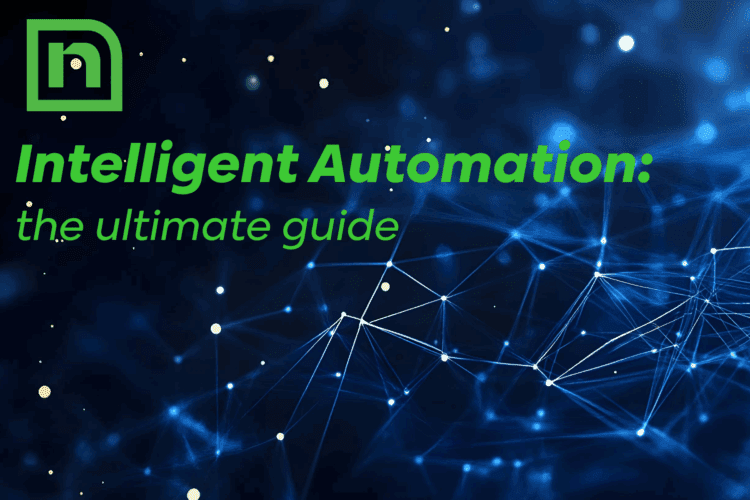As operational costs rise and customer demands evolve, organizations everywhere are feeling the pressure to find new ways to do more with less.
The answer for many: Intelligent automation. This technology integrates AI and automation technologies to optimize business processes with flexibility and speed. And with these gains naturally comes cost savings – Just take it from the latest automation survey by Deloitte:
The survey found that organizations that have advanced beyond the initial testing phase of intelligent automation report an average cost savings of 32%.
Now, let’s examine how intelligent automation brings these impressive savings:
How Intelligent Automation Saves You Money5 Ways Intelligent Automation Saves You Money
1. Reduced Labor Costs
One of the most immediate and tangible benefits of intelligent automation is reduced labor costs. When you automate repetitive and mundane tasks, you get to reallocate the people in your organization to more strategic and value-added activities.
For instance, automating data entry, invoice processing, and customer service inquiries can free up your staff to focus on tasks that require critical thinking and creativity. And as a bonus, these are likely the tasks they’ll find more enjoyable and fulfilling, too! This not only enhances productivity but also reduces the need to hire additional staff, leading to significant cost savings.
2. Minimized Errors to Address
Human errors can be costly, both in terms of time and money. But they come with the territory of manual processes. Fortunately, intelligent automation brings a reality where they don’t have to be a given.
Intelligent automation systems are designed to perform tasks with a high degree of accuracy, virtually eliminating the risk of errors. Whether it’s processing transactions, managing inventory, or handling customer data, automation ensures that tasks are completed correctly the first time. And this minimizes the need for rework and corrections, letting you avoid the financial repercussions that come with mistakes.
3. More Optimized Resources
Intelligent automation can also help you make the most of your existing resources. By automating routine processes, you can optimize the use of their equipment, software, and other assets.
For example, automated scheduling and maintenance systems can ensure that machinery is used efficiently and downtime is minimized. This not only extends your equipment’s lifespan but also reduces the costs associated with repairs and replacements.
4. Make More Informed Decisions
Data-driven decision-making is crucial for business success, and every organization is sitting on massive quantities of data ready for action. The challenge is actually accessing this data, of course, but intelligent automation plays a key role in this pursuit.
Automated systems can collect, analyze, and interpret vast amounts of data in real time, providing valuable insights that inform strategic decisions. And when you start using and applying these insights, you can identify cost-saving opportunities, optimize your operations, and make informed choices that line your bottom line.
5. Improve Your Customer Retention
Happy customers are loyal customers, and intelligent automation can significantly enhance the customer experience. Automated customer service solutions like chatbots and virtual assistants can offer quick and accurate responses to inquiries. This way, you can ensure that your customers receive the support they need, and fast.
Additionally, intelligent automation can personalize interactions and offer tailored recommendations, helping your customers feel valued and understood. With these customer experience upgrades, your customers will leave happier and return time and again. And that ultimately boosts your revenue and reduces the costs associated with acquiring new customers – A true win-win.
So Much More Than Just Quick Wins
Intelligent automation is a strategic investment that can transform your business operations and drive cost savings in so many ways. Whether it’s through fewer errors to fix or tedious, manual processes to manage, or just happier customers and more efficiently utilized data and resources, there are so many gains that ultimately improve your bottom line. And these benefits extend far beyond the immediate savings, paving the way for long-term growth and success. Ready to get started? Get 4 steps to get started with intelligent automation here.






